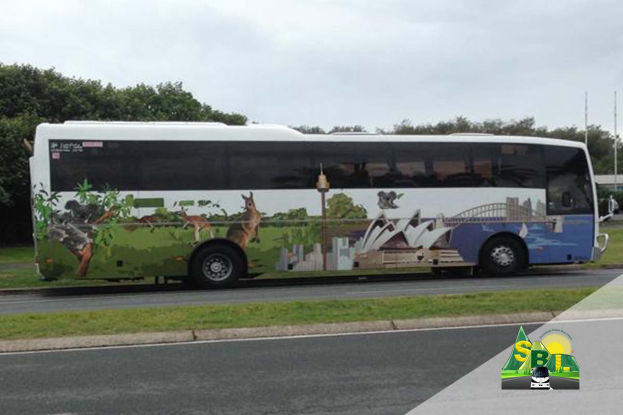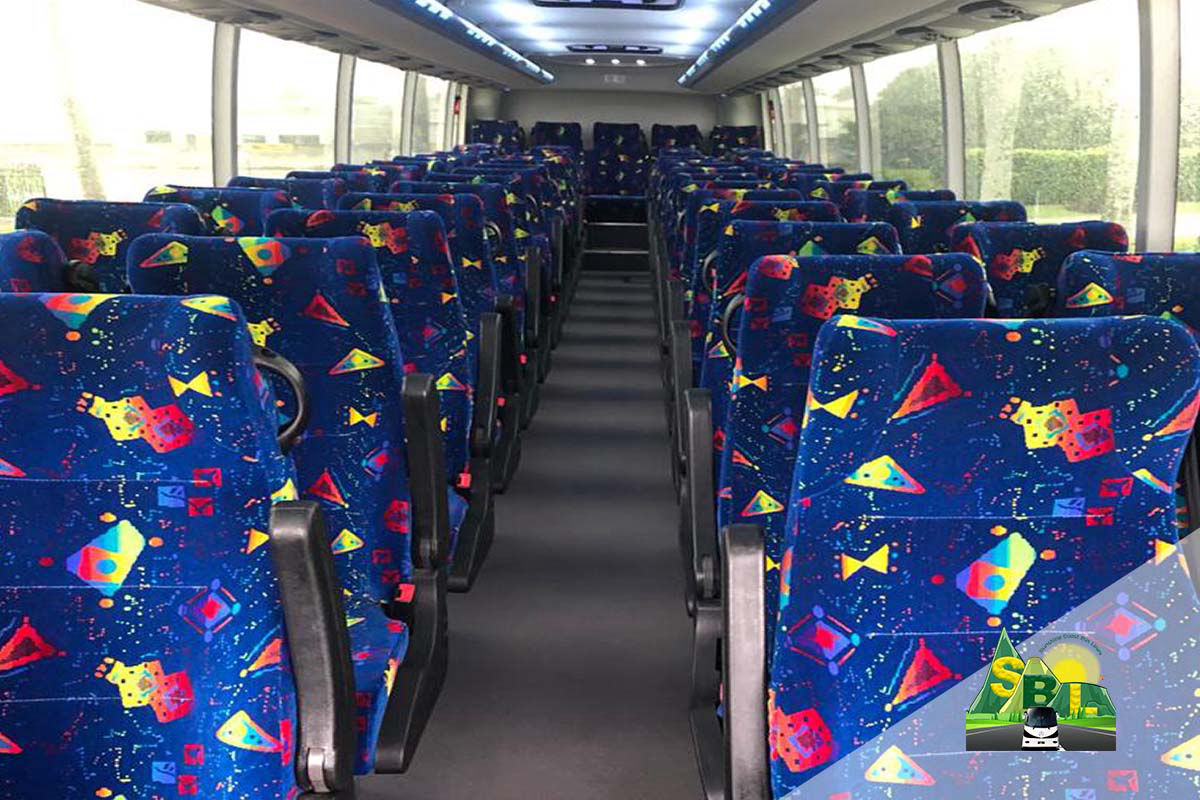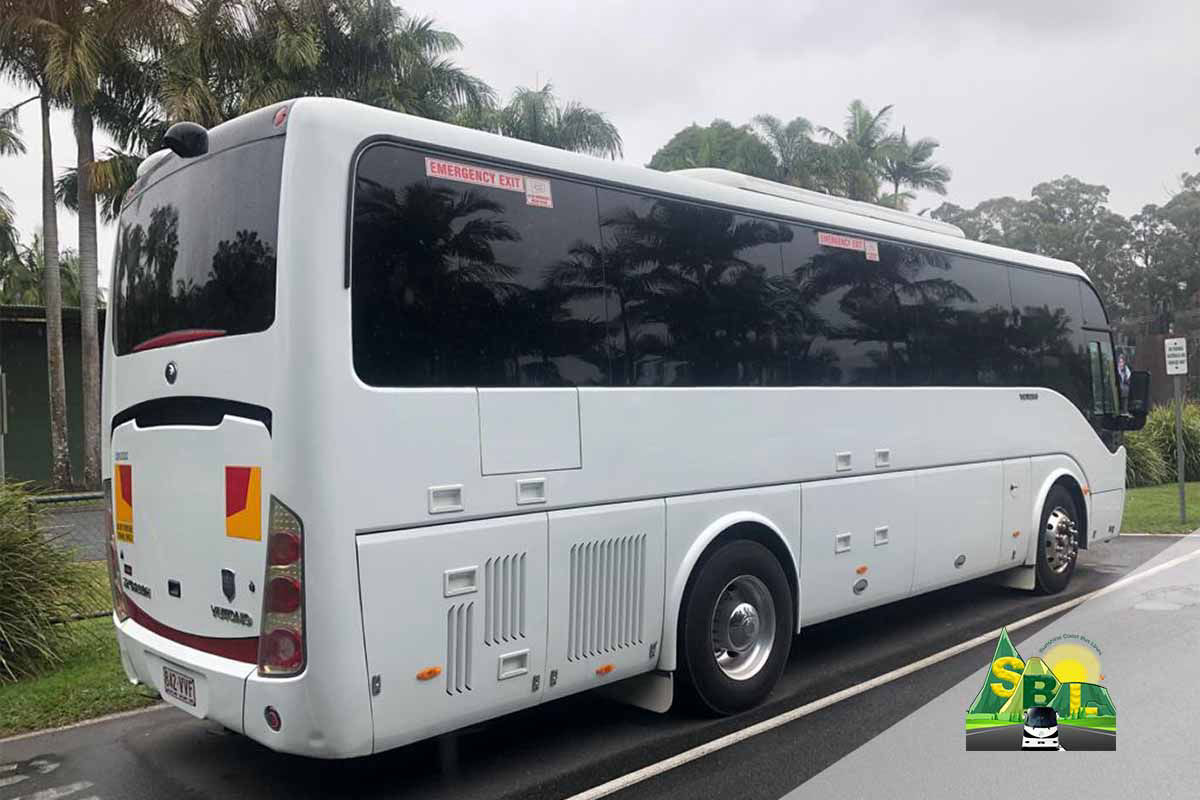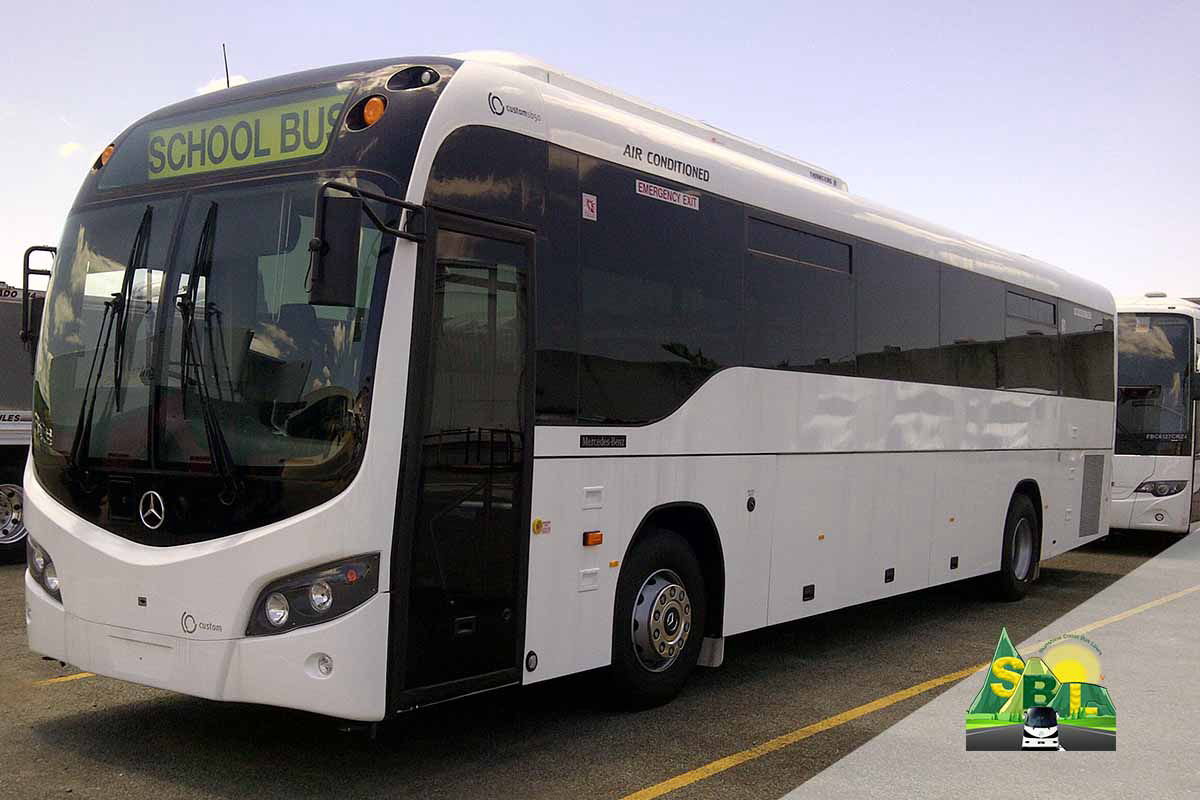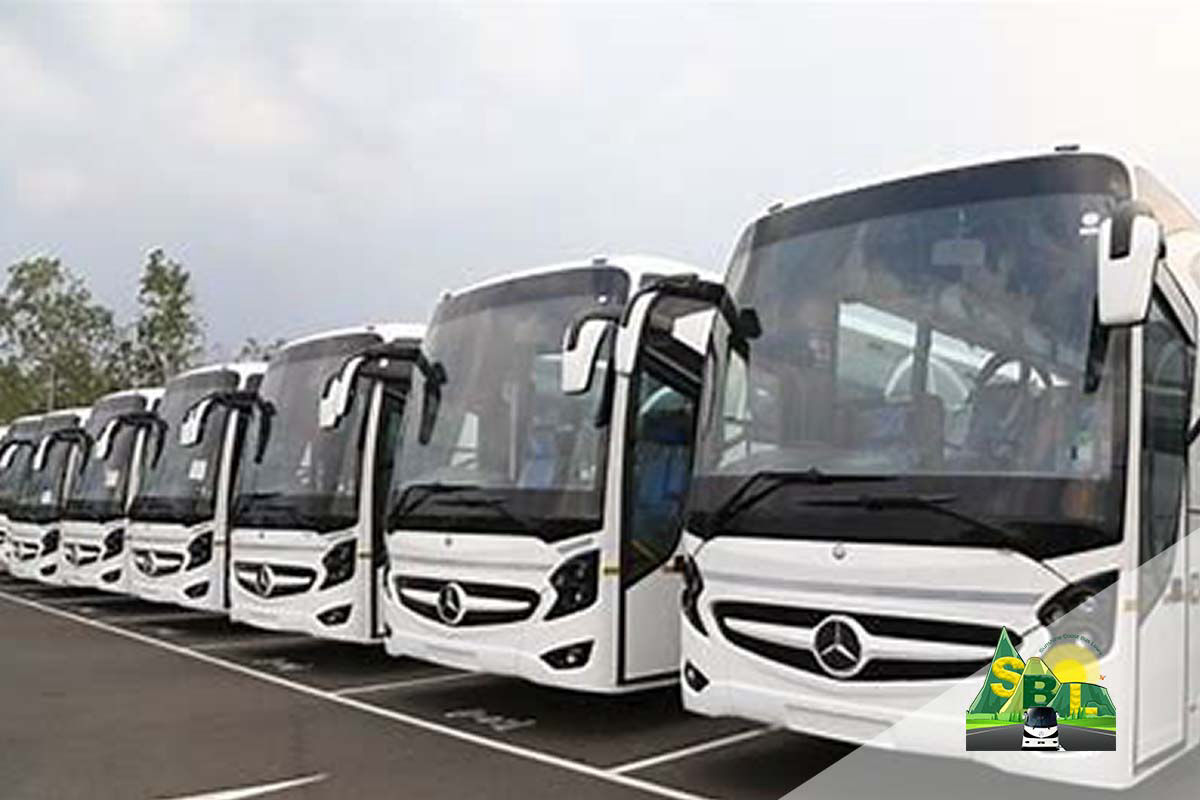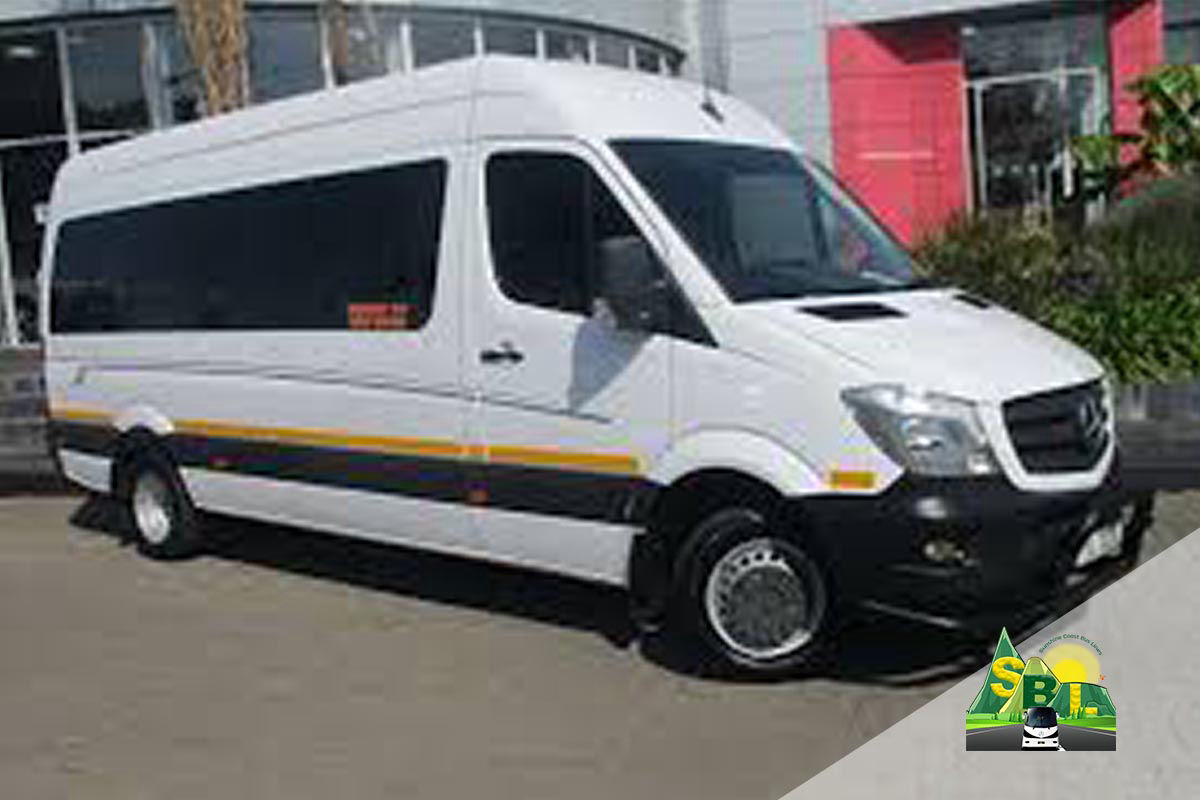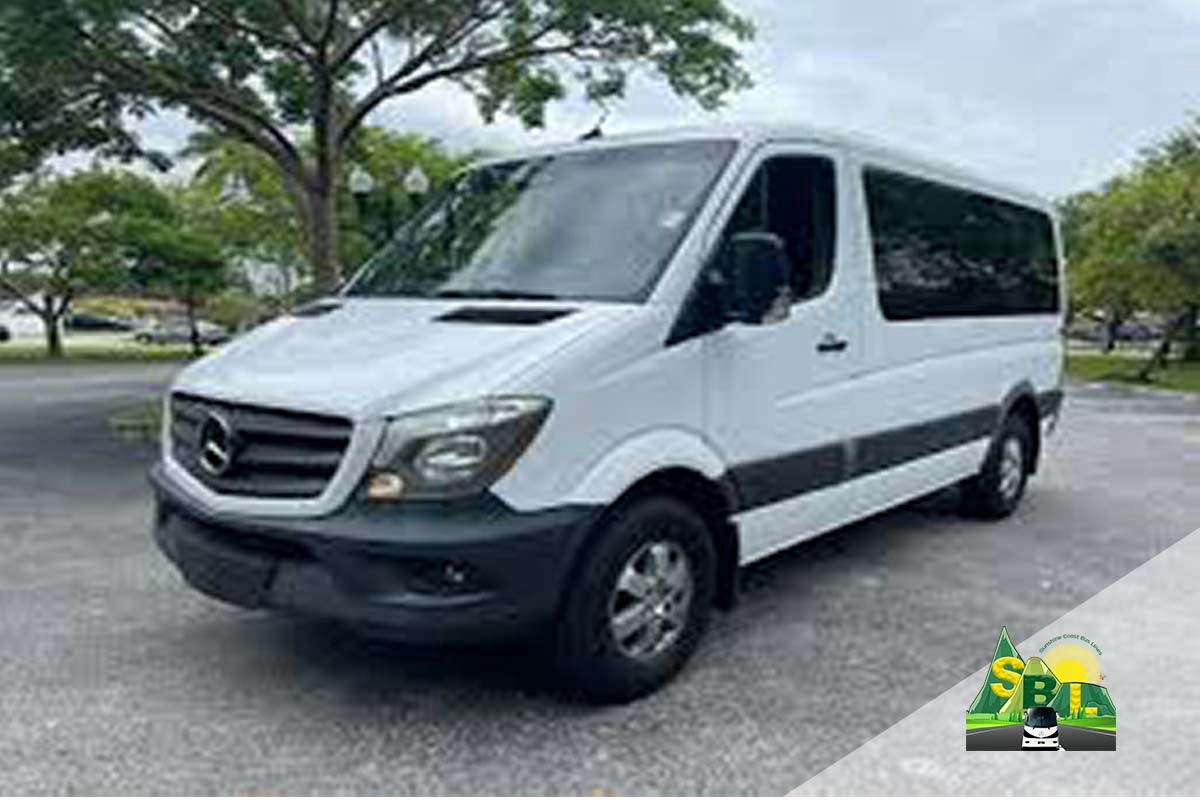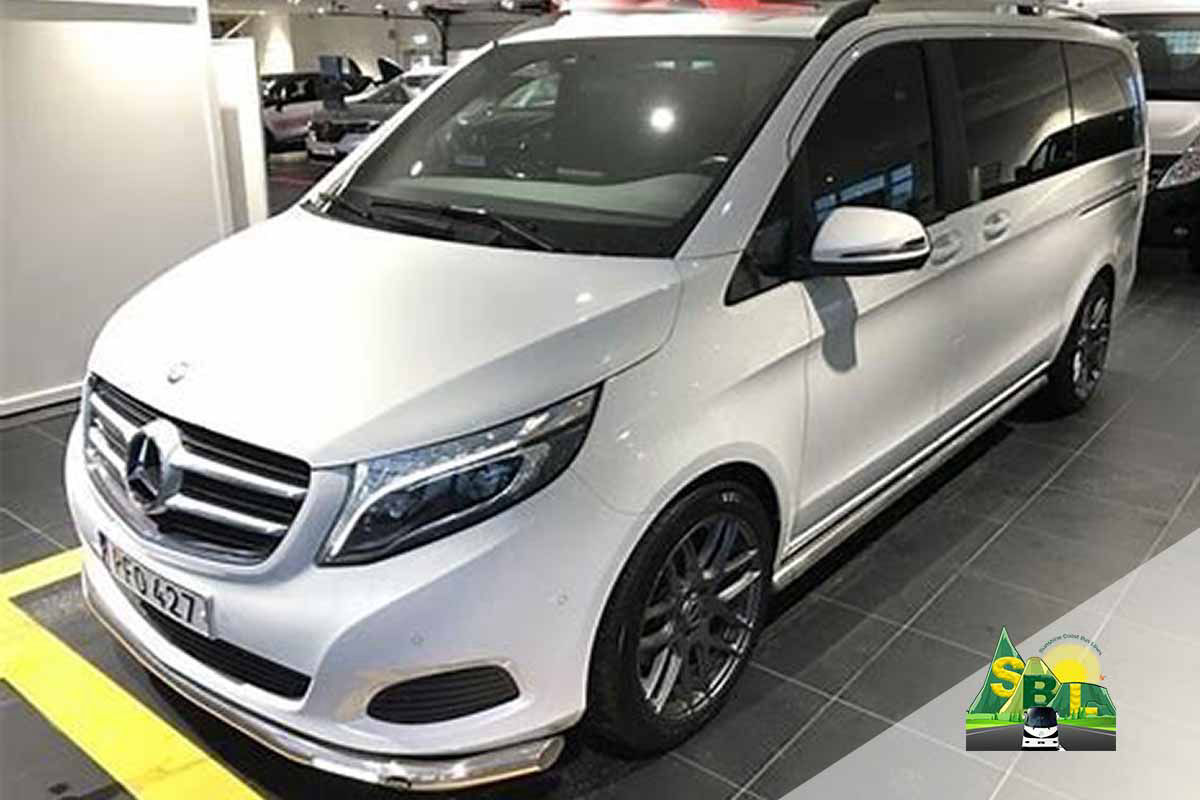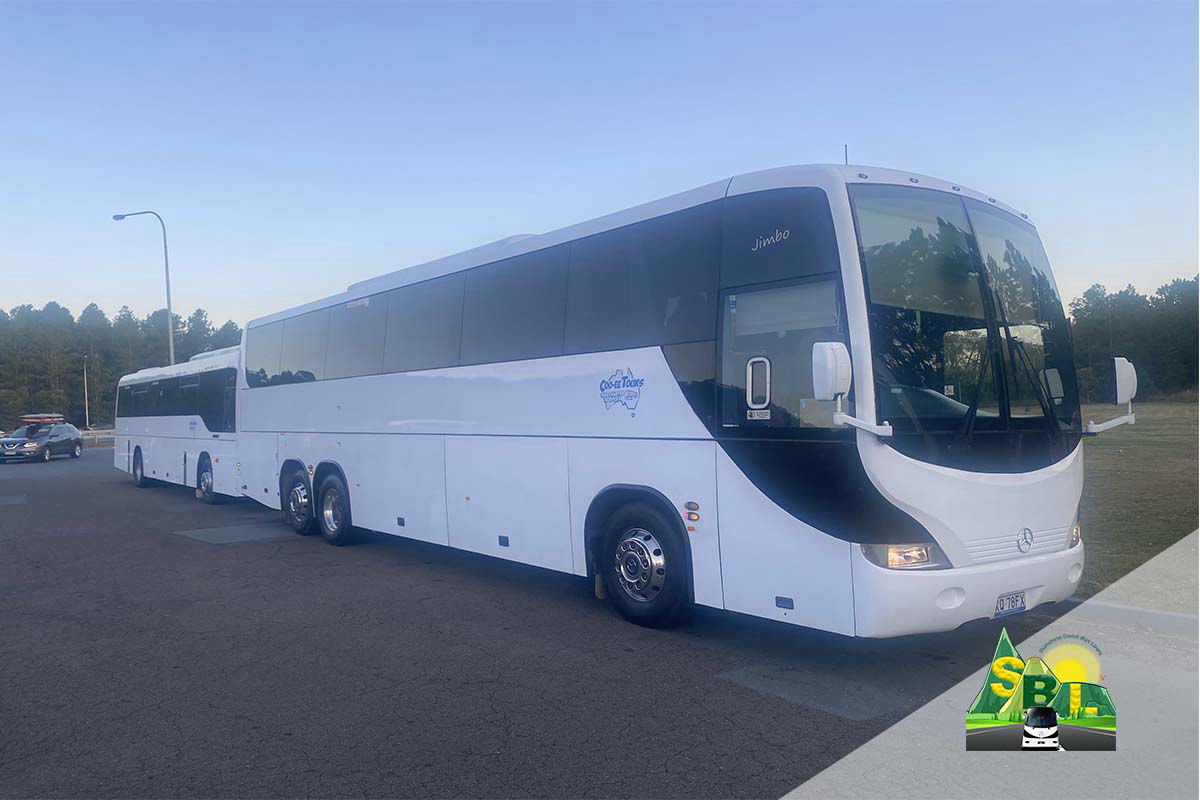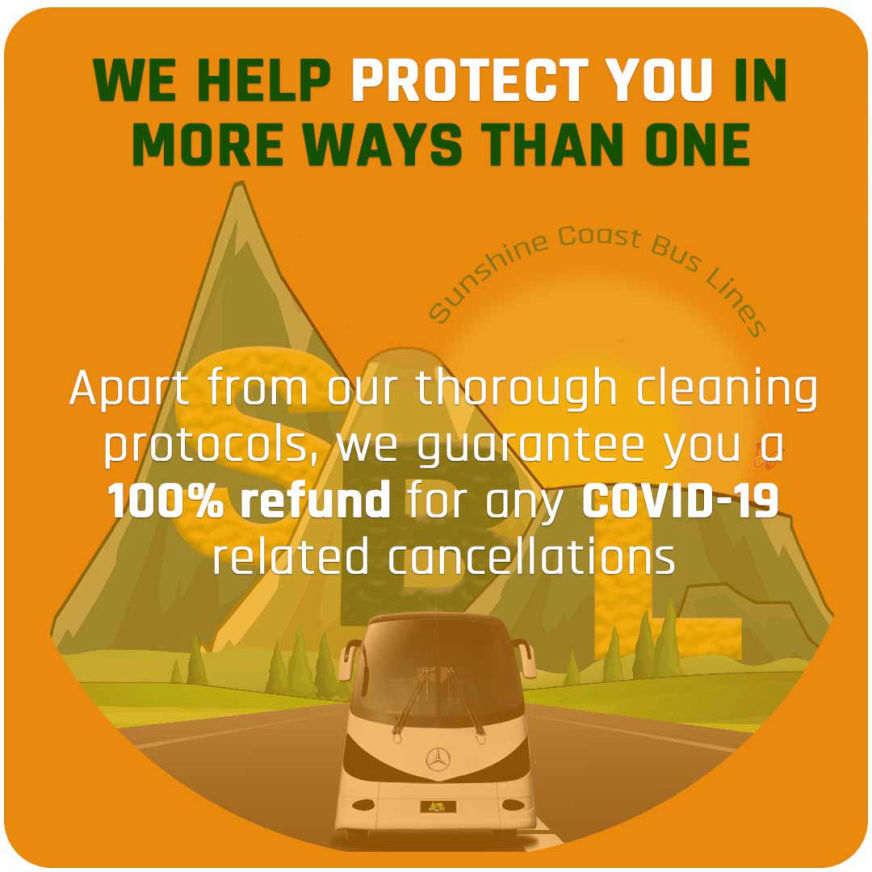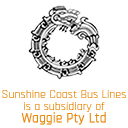SUNSHINE COAST BUS LINES
Sunshine Coast Bus Lines is a well-respected transportation company serving Australia and New Zealand customers. With over 50 years of experience in transport logistics, we can transport you and your group to any location at any time. As a family-owned and operated business, we build long-lasting customer relationships. You can rely on us to provide reliable and high-quality transportation services.
Our family-owned company offers charter services for corporate, private, airport, school, and event transportation industries. We make transportation bookings hassle-free for groups of all sizes, ranging from 2 to 2000 across Australia and New Zealand. Our competitive rates make it affordable for groups of any size to use our services.
Our team will work closely with you to design a practical, budget-friendly plan that meets your charter and transportation needs. We are committed to delivering top-quality service at a price that fits your budget, no matter where you are in the country. We offer a wide variety of vehicles for any event or occasion that requires transportation services. The options are almost limitless! Sunshine Coast Bus Lines is a highly regarded transportation company that caters to customers in Australia and New Zealand. Boasting over 50 years of expertise in transport logistics, we are equipped to transport you and your group to any destination at any time. As a family-owned and operated business, we take pride in cultivating enduring customer relationships. You can rely on us to deliver dependable and top-notch transportation services.
Our family-owned company provides charter services for corporate, private, airport, school, and event transportation sectors. We streamline transportation bookings for groups of all sizes, accommodating anywhere from 2 to 2000 individuals across Australia and New Zealand. Our competitive rates ensure that groups of any size can access our services affordably.
Our team will collaborate closely with you to devise a practical, cost-effective plan that caters to your charter and transportation requirements. We are dedicated to providing high-quality service at a price point that aligns with your budget, regardless of your location in the country. We boast many vehicles suitable for any event or occasion that demands transportation services. The possibilities are nearly limitless!
Sunshine Coast Bus charters
Bus Charter
How...
We provide the ultimate in luxury
The majority of the vehicles we operate are Mercedes. Our guests enjoy smooth, grand & luxury travel in vehicles that are modern, well maintained and ultra clean, Experience the difference today.
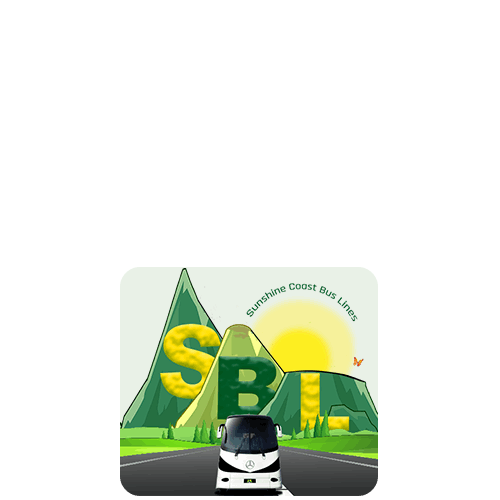
Bus Hire
Why...
you're special & always #1 priority
What we like, is what you want. To be treated with all the comforts and pampering whilst on your
Sunshine Coast Bus Lines. We go out of our way to accommodate requests & varying needs. Questions?
Obtain a Quick Quote Now!
Complete the form below & we'll get back to you with a Quote fr your group
Book your charter now!
No payment required.. We'll be back to you with confirmation about availability of the date , time & vehicle required depending on the number of guest. Please also read about our COVID-19 Guarantee
Obtain a Quick Quote Now!
Complete the form below & we'll get back to you with a Quote fr your group
Sunshine Coast
The Sunshine Coast is a peri-urban region in South East Queensland, Australia. It was defined in 1967 as "the area contained in the Shires of Landsborough, Maroochy and Noosa, but excluding Bribie Island". The urban area spans approximately 60 km of coastline and hinterland from Pelican Waters to Tewantin, located 100 km north of the center of Brisbane on the Coral Sea coastline. The area has several coastal hubs at Caloundra, Kawana Waters, Maroochydore, and Noosa Heads. Nambour and Maleny have developed as primary commercial centers for the hinterland. Since 2014, the Sunshine Coast district has been split into two local government areas, the Sunshine Coast Region and the Shire of Noosa, which administer the southern and northern parts of the Sunshine Coast, respectively. As of June 2021, the Sunshine Coast has an estimated urban population of 398,840, making it the fifth most populated area in Queensland and the 9th most populous in the country. The population of the area has grown steadily at an average annual rate of 2.4% year-on-year over the five years to 2018. The earliest residents of the Sunshine Coast were the indigenous Gubbi Gubbi and Wakka Wakka people. The territory of the Kabi includes about 21,000 square kilometers along the coastline from the 27th parallel northward to the mouth of the Burrum River. The country of the Wakka Wakka people was about 13,000 km2 that was roughly triangular to the west of the Kabi, including a small part of the Dawson and meeting the northern Kabi boundary at Walla. The two tribes were friendly and intermarried and had the same class restrictions. The groups were nomadic, gathering food en-route as they moved from one campsite to the next. The Gubbi Gubbi language region includes the landscape within the local government boundaries of the Sunshine Coast Region and Gympie Region, particularly the towns of Caloundra, Noosa Heads, Gympie and extending north towards Maryborough and south to Caboolture. After the 1980s, the Sunshine Coast experienced rapid population growth. As of 2016, it had become one of the fastest-growing regions in Australia. As the region becomes increasingly residential, most of the district's distinctive small farms—especially tropical fruit and sugar-cane farms—have disappeared, as have most of its theme parks. The Moreton sugar mills closure in 2003 removed a market for the district's 120 cane growers harvesting cane in the region. Instead, businesses concerned with retail, catering, and tourism have assumed increasing importance. In 2008, The Shire of Noosa, the Shire of Maroochy, and the City of Caloundra merged to form the Sunshine Coast Region. The 2007 referendum conducted by the Australian Electoral Commission that led to the merger remained controversial in Noosa Shire, where 95% of voters rejected amalgamation. In March 2013, a second referendum resulted in 81% of residents voting to leave the amalgamated Sunshine Coast Region. On 9 November 2013, an election resulted in Noel Playford being elected to take office as mayor with the new council on 1 January 2014. The Shire of Noosa was re-established on 1 January 2014, resulting in two geopolitical areas occupying the area generally recognised as 'The Sunshine Coast': the Sunshine Coast Region, governed by the Sunshine Coast Council, and the Shire of Noosa, governed by the Noosa Shire Council. At the 2016 census, the Sunshine Coast's population was 346,522. The median age was 44, 6 years older than the nationwide median. The male-to-female ratio was 48.3 to 51.7. Most residents were born in Australia (73.7%), with 1.9% being Indigenous Australians.
Mount Beerwah
is part of the Glass House Mountains National Parks.
In 1770, James Cook, on the deck of HM Bark Endeavour, became the first known European to sight the Glass House Mountains, located southwest of Caloundra. In the 1820s, former convicts John Finnegan, Thomas Pamphlett and Richard Parsons landed on Moreton Island after becoming hopelessly lost fetching cedar. They lived with the Kabi Kabi for eight months. After that, during the 1830s to 1840s, the district became home to numerous runaway convicts from the Moreton Bay (Brisbane) penal colony slightly to the south. In 1842, Governor George Gipps had the entire Sunshine Coast and hinterland from Mt Beerwah north to roughly Eumundi declared a "Bunya Bunya Reserve" for the protection of the bunya tree after Andrew Petrie advised him of the importance of bunya groves in Aboriginal culture. However, during the 1840s and 1850s, the Bunya Bunya Reserve and its vicinity became the scene of some of the most bitter skirmishes of Australia's "Black War". The Blackall Range, on account of the tri-annual Bunya Festival, served as both a hideout and rallying point for attacks against white settlements. By the 1850s, timber cutters and cattlemen had started exploiting the area; in 1860, the Bunya Bunya Reserve was scrapped. Many of the Sunshine Coast's towns began as simple ports or jetties for the timber industry during the 1860s and 1870s, as the area once had magnificent forest stands. Likewise, the region's roads often began as snigging tracks for hauling timber. Timber getters used the region's creeks, rivers, and lakes as seaways to float out their cedar logs, resulting in wood being shipped as far afield as Europe. During the Gympie Gold Rush (1867), prospectors scaled the Sunshine Coast mountains to develop more accessible roadways to and from the gold fields of Gympie. After constructing the railway line to Gympie, the coastal and river towns, mostly ports for the early river trade, were bypassed. By the 1890s, diverse small farming (fruit and dairy) had replaced the cattle-and-timber economy of earlier decades. Sugar cane and pineapples proved especially important for the district's production. Many small hamlets and towns have now emerged. Produce was initially taken by horse to Landsborough, then Eudlo in 1891. The post-World War I era saw the "seaside shack" rise. The seaside shack provided the opportunity for the coastal "getaway" with a modest investment. From 1914 to 1946, they popped up all along the North Coast (because it was north of Brisbane). Seaside shacks were exceedingly cheap and were an early use of the concept of recycling. Many were built of disused or second-grade timber, and all kinds of materials were used for the holiday seaside shack, including fibro cement, metal containers, and left-over farm sheds; even disused trams were sold off as seaside shacks. Especially after World War II, the Sunshine Coast became a holiday and surfing destination. This tendency was further expanded in the development boom of the 1960s and 1970s. Then known as the Near North Coast, renaming the South Coast to become the Gold Coast triggered interest in renaming the Near North Coast to increase the tourist appeal. Names considered included the Silver Coast, the Diamond Coast, and Suncoast. Suncoast was rejected as a proprietary company copyrighted it. In 1967, it was officially renamed the Sunshine Coast. Around the same time, various tourist attractions and theme parks were created, such as the Big Pineapple in Woombye. After the 1980s, the Sunshine Coast experienced rapid population growth. As of 2016, it had become one of the fastest-growing regions in Australia. As the region becomes increasingly residential, most of the district's distinctive small farms – mainly tropical fruit and sugar-cane farms have disappeared, as have most of its theme parks. The Moreton sugar mills closure in 2003 removed a market for the district's 120 cane growers harvesting cane in the region. Instead, businesses concerned with retail, catering and tourism have assumed increasing importance. In 2008, The Shire of Noosa and the Shire of Maroochy merged to form the Sunshine Coast Region. The 2007 referendum conducted by the Australian Electoral Commission, which led to the merger, remained controversial in Noosa Shire, where 95% of voters had rejected amalgamation. In March 2013, a second referendum resulted in 81% of residents voting to leave the combined Sunshine Coast Region. On 9 November 2013, an election resulted in Noel Playford being elected to take office as mayor on 1 January 2014 with the new council. The Shire of Noosa was re-established on 1 January 2014, resulting in two geopolitical areas occupying the area generally recognised as 'The Sunshine Coast': the Sunshine Coast Region, governed by the Sunshine Coast Council, and the Shire of Noosa, governed by the Noosa Shire Council. At the 2016 census, the population of the Sunshine Coast was 346,522. The median was 44 years old, six years older than the nationwide median. The male-to-female ratio was 48.3-to-51.7. Most residents were born in Australia (73.7%), with 1.9% being Indigenous Australians. The most common countries of birth of other residents were England (6.2%), New Zealand (4.5%), South Africa (1.0%), Germany (0.7%), and Scotland (0.6%). German (0.6%) and Afrikaans, Dutch, French, and Italian (0.3% each) were the most commonly spoken languages other than English. Many Sunshine Coast residents reported no religious affiliation (34.0%). Of those who had a religious affiliation, the most frequent were Catholic (18.2%), Anglican (16.8%), and Uniting Church (5.2%). Australian Bureau of Statistics (ABS) data from the May 2019 Labour Force Survey indicate that around 184,200 people were employed in the Sunshine Coast region. Health care and social assistance was the largest employment sector with 26,800 people, construction with 26,500 people, and education and training with 21,200 people. Other important employment sectors in the region were accommodation and food services, retail trade, and professional, scientific and technical services. The agriculture, forestry and fishing sectors employed 2,600 people, representing 1% of the region's workforce. The Sunshine Coast's leading operating airline, Bonza, was founded in 2021 to serve the southeast Queensland region.
Geography
The Sunshine Coast's major rivers include the Noosa River, Maroochy River, Mooloolah River, and the Stanley River. The region also includes several lakes, such as Lake Cootharaba and Lake Weyba. Ewen Maddock Dam, Wappa Dam, and Baroon Pocket Dam have been built for water storage. See also: List of Sunshine Coast Region suburbs.
Beaches
The Sunshine Coast has long stretches of unbroken beaches, including Sunshine Beach near Noosa to Coolum Beach (17 km (11 mi)), the coast from Point Arkwright to Mudjimba (11 km (6.8 mi)), the Maroochydore–Mooloolaba stretch (5.6 km (3.5 mi)), and from Buddina past the Caloundra CBD to Pelican Waters (22 km (14 mi)). Noosa Main Beach, Alexandra Headland, Mooloolaba (the spit), and Coolum Beach are all nationally recognized surfing beaches. Notable beaches include:
Sunshine Beach
Sunrise Beach
Castaways Beach
Marcus Beach
Peregian Beach
Marcoola
Mudjimba
Kawana Waters
Dicky Beach
Moffat Beach
Shelly Beach
Kings Beach
Golden Beach
National parks
The Sunshine Coast is home to more individual national parks than any other region in Queensland. Five separate parks in both coastal and inland regions protect the area's natural biodiversity, including Mapleton Falls National Park, Kondalilla National Park, The Glass House Mountains National Park, Noosa National Park, and the Great Sandy National Park, which includes sections on Fraser Island and in Cooloola near Rainbow Beach.
Climate
Sunshine Coast has a humid subtropical climate (Cfa) that is typical of South Queensland. Summers are generally hot but moderated compared to areas at similar latitudes elsewhere. Winters retain warm days, but cooler nights render them subtropical. There is no dry season, and precipitation is generally relatively high. The average temperature of the sea ranges from 21.2 °C (70.2 °F) in August to 27.1 °C (80.8 °F) in February at Mooloolaba, and from 21.2 °C (70.2 °F) in August to 27.3 °C (81.1 °F) in February at Noosa Heads.
Sunshine Coast Wheather
COVID-19
ANNOUNCEMENT
SUBSCRIBE TO OUR NEWSLETTER
